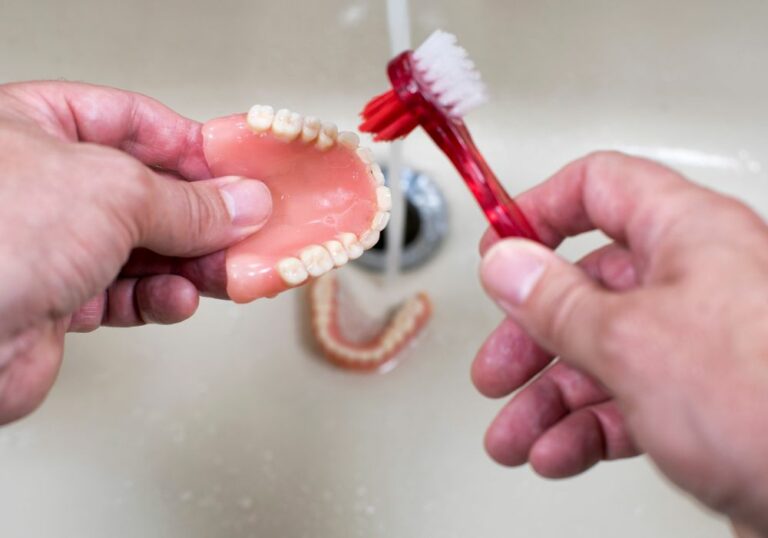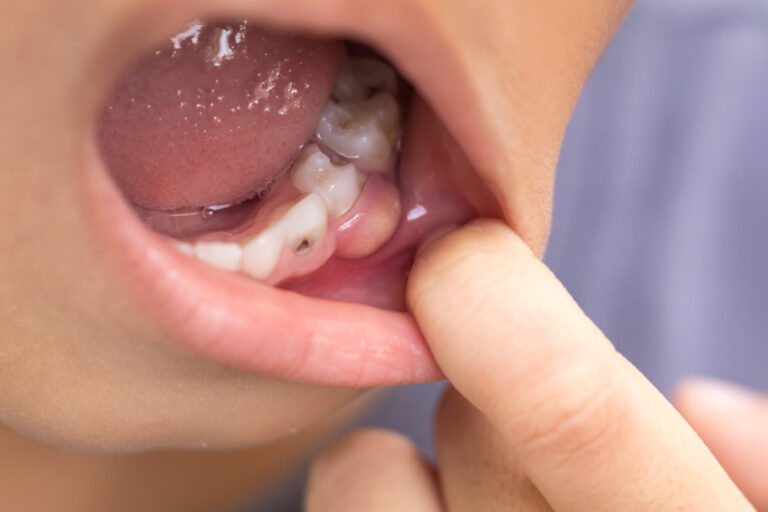Are you curious about teeth numbers 16 and 32? These two teeth are commonly known as the wisdom teeth, and they are the last molars to develop in the adult mouth. Wisdom teeth typically emerge between the ages of 17 and 25, although some people may never develop them at all.
Teeth number 16 and 32 are located at the back of the mouth, one on each side of the jaw. They are the final teeth to erupt, and they can cause a range of dental problems if they do not grow in properly. Many people experience pain, discomfort, and swelling when their wisdom teeth emerge, and some may require surgical extraction to prevent further issues.
Understanding Teeth Numbers
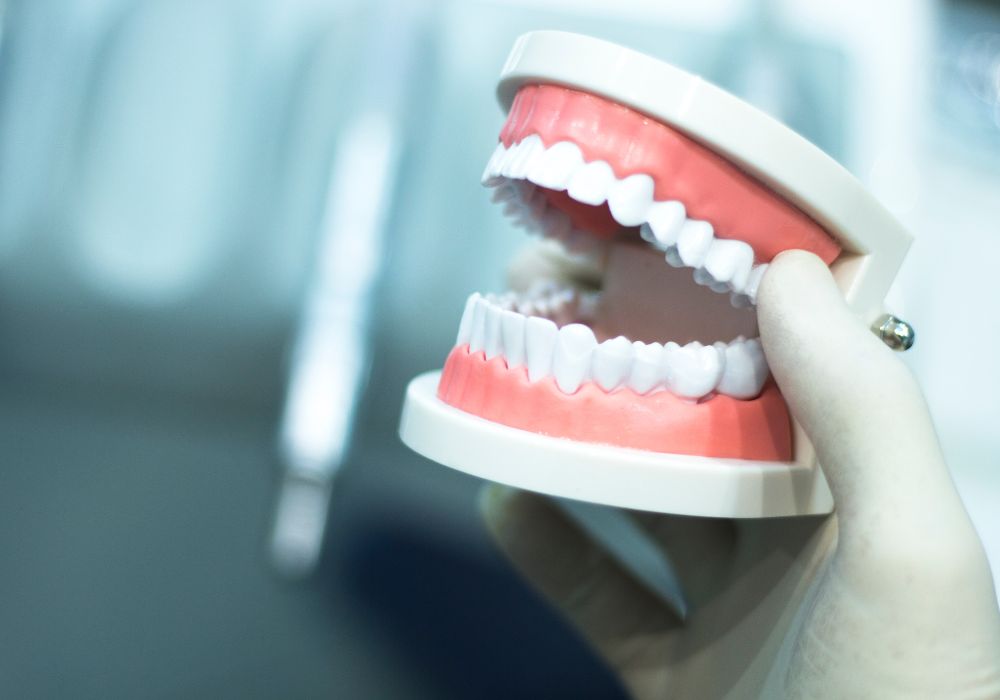
When you visit a dentist, they may refer to specific teeth by their number rather than their name. Understanding teeth numbers can help you better communicate with your dentist and understand your dental treatment plan.
The universal tooth numbering system is the most commonly used system used by dental professionals in America. Permanent teeth are numbered 1-32, starting with the third molar (1) on the right side of the upper arch, following around the arch to the third molar (16) on the left side. The numbering then continues in the same pattern for the lower arch, starting with the third molar (17) on the left side and ending with the third molar (32) on the right side.
The teeth are also divided into four quadrants: upper right, upper left, lower left, and lower right. Each quadrant contains eight teeth, numbered from 1-8. The teeth are further divided into two groups: anterior teeth and posterior teeth.
Anterior teeth are the front six teeth on the upper and lower arches, numbered 6-11 on the upper arch and 22-27 on the lower arch. Posterior teeth are the back teeth, numbered 1-5 and 12-16 on the upper arch and 17-21 and 28-32 on the lower arch.
Understanding teeth numbers can help you better communicate with your dentist about which teeth are causing you pain or discomfort, and which teeth may require treatment. It can also help you understand your dental treatment plan and the specific teeth that will be treated.
Teeth 16 and 32 Overview
Your mouth is home to 32 teeth, which are divided into four quadrants. Each quadrant has 8 teeth, consisting of 2 incisors, 1 canine, 2 premolars, and 3 molars. The teeth located in the back of your mouth are known as molars, and they are responsible for grinding and chewing food.
Teeth 16 and 32, also known as the third molars or wisdom teeth, are located at the very back of your mouth. They usually emerge between the ages of 17 and 25, but not everyone will develop these teeth. In fact, many people will have them removed due to overcrowding or impaction.
Teeth 16 and 32 are often the last to emerge, and they can cause discomfort and pain as they push through the gums. If they do emerge, they can be difficult to clean due to their location, which can lead to tooth decay or gum disease. Because of this, your dentist may recommend their removal to prevent any future dental problems.
In summary, teeth 16 and 32 are the third molars located at the back of your mouth. They can cause discomfort and may need to be removed to prevent dental problems. If you are experiencing any pain or discomfort in your mouth, it is important to schedule an appointment with your dentist.
The Role of Teeth 16 and 32
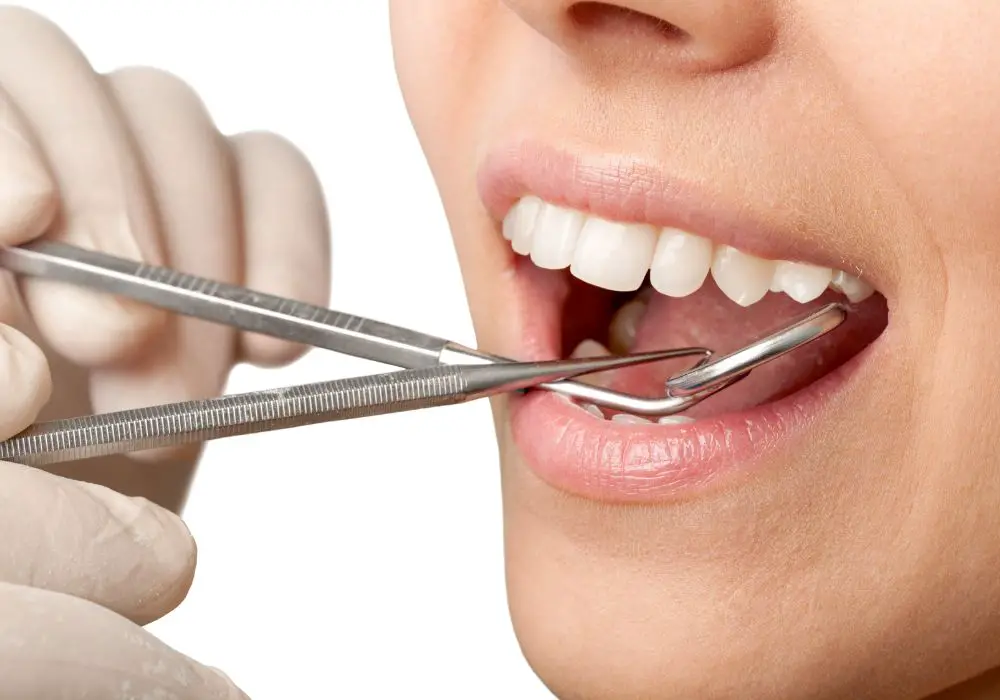
Your teeth play a crucial role in your daily life, from chewing and biting to speaking and smiling. When it comes to your permanent teeth, you have a total of 32, with 16 in your upper jaw and 16 in your lower jaw. Each tooth has a specific function, and teeth 16 and 32 are no exception.
Teeth 16 and 32
Teeth 16 and 32 are your third molars, commonly referred to as your wisdom teeth. These teeth are the last to develop, usually erupting between the ages of 17 and 25.
While wisdom teeth were once essential for our ancestors who had larger jaws and needed extra teeth to grind tough, uncooked foods, they are now considered vestigial structures, meaning they serve no real purpose in modern humans.
The Function of Teeth 16 and 32
Wisdom teeth are located at the back of your mouth, behind your second molars. Because of their location, they can be difficult to clean properly, making them more susceptible to decay and gum disease.
In many cases, wisdom teeth can cause problems such as crowding, impaction, and infection. If your dentist determines that your wisdom teeth are causing issues, they may recommend their removal.
Conclusion
In summary, teeth 16 and 32, or your wisdom teeth, are the last molars to develop and serve no real purpose in modern humans. They can be difficult to clean and often cause problems, which is why many people have them removed. It’s essential to maintain good oral hygiene and visit your dentist regularly to ensure the health of all your teeth, including teeth 16 and 32.
Location and Structure of Teeth 16 and 32
Teeth 16 and 32 are two of the 32 permanent teeth found in adult humans. Teeth number 16 and 32 are both molars, and they are located at the back of the mouth. Teeth 16 and 32 are also known as the first and third molars, respectively.
Location
Teeth 16 and 32 are located in the upper and lower jaw, respectively. Tooth 16 is positioned in the upper right quadrant of the mouth, while tooth 32 is located in the lower right quadrant. These teeth are the last teeth to emerge in the mouth, typically appearing during early adulthood.
Structure
Teeth 16 and 32 are large teeth with a complex structure. They have four cusps, which are the raised points on the surface of the tooth that are used for grinding and chewing food. The cusps of these teeth are arranged in a triangular shape, with one large cusp at the back and three smaller cusps in front.
The roots of teeth 16 and 32 are also complex. Tooth 16 has three roots, while tooth 32 has two roots. The roots of these teeth are anchored in the jawbone and are surrounded by a network of nerves and blood vessels.
In summary, Teeth 16 and 32 are the first and third molars located in the upper and lower right quadrants of the mouth, respectively. These teeth have a complex structure with four cusps and multiple roots. They are important for chewing and grinding food and are usually the last teeth to emerge in the mouth.
Common Problems with Teeth 16 and 32
Teeth 16 and 32 are the third molars, commonly known as wisdom teeth. These teeth are located at the back of your mouth and usually emerge between the ages of 17 and 25. While some people have no issues with their wisdom teeth, others may experience problems that require dental attention.
Here are some common problems associated with teeth 16 and 32:
- Impacted wisdom teeth: This occurs when the wisdom teeth do not have enough room to emerge properly and are trapped under the gum line. This can cause pain, swelling, and infection. Your dentist may recommend removing the impacted teeth to prevent further complications.
- Infection: Wisdom teeth that are partially erupted can be difficult to clean, leading to infection. Symptoms of infection include pain, swelling, and fever. Your dentist may prescribe antibiotics to treat the infection and recommend removing the wisdom teeth.
- Crowding: Wisdom teeth can push against adjacent teeth, causing crowding and misalignment. This can affect your bite and make it difficult to clean your teeth properly. Your dentist may recommend removing the wisdom teeth to prevent further damage.
- Cavities: Wisdom teeth are located at the back of your mouth, making them difficult to clean. This can lead to the development of cavities. Your dentist may recommend filling the cavities or removing the wisdom teeth to prevent further decay.
It is important to visit your dentist regularly to monitor the health of your wisdom teeth. Your dentist can identify potential problems early on and recommend the appropriate treatment. Remember to brush and floss regularly and maintain good oral hygiene to prevent dental problems.
Treatment Options for Issues with Teeth 16 and 32
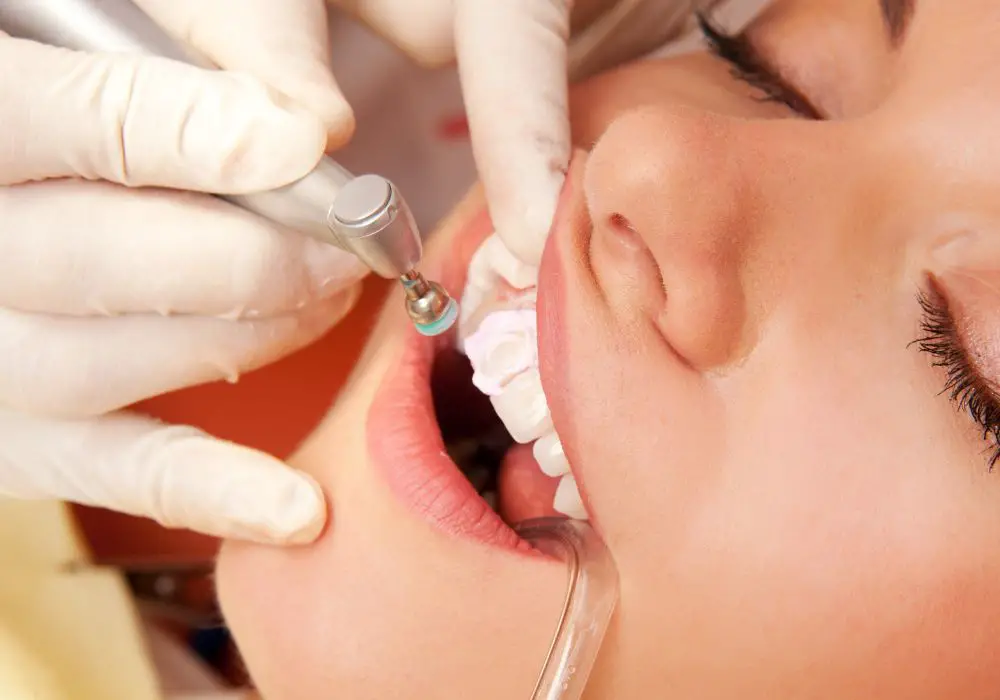
If you are experiencing issues with your teeth 16 and 32, there are several treatment options available to you. These teeth are also known as your third molars or wisdom teeth, and they are the last teeth to emerge in your mouth. While some people do not experience any issues with their wisdom teeth, others may require treatment.
Here are some common treatment options for issues with teeth 16 and 32:
Wait and Monitor
If your wisdom teeth are not causing any issues, your dentist may recommend waiting and monitoring them. This means that you will need to have regular dental check-ups to ensure that your wisdom teeth are not causing any problems.
Extraction
If your wisdom teeth are causing issues, your dentist may recommend extraction. This procedure involves removing one or more of your wisdom teeth. Extraction is typically done under local anesthesia, and you can usually go home the same day.
Antibiotics
If you have an infection in your wisdom teeth, your dentist may prescribe antibiotics to help clear up the infection. Antibiotics can be taken orally or applied topically to the affected area.
Orthodontics
In some cases, issues with wisdom teeth can cause problems with your bite or alignment of your teeth. In these cases, your dentist may recommend orthodontic treatment to correct the issue.
Pain Relief
If you are experiencing pain or discomfort due to your wisdom teeth, your dentist may recommend pain relief medication. This can include over-the-counter pain relievers or prescription medication.
In conclusion, there are several treatment options available for issues with teeth 16 and 32. Your dentist will be able to recommend the best treatment option for your specific situation. It is important to have regular dental check-ups to ensure that your wisdom teeth are not causing any issues.
Preventive Care for Teeth 16 and 32
Taking care of your teeth is essential to maintain good oral health. Teeth 16 and 32 are your third molars, also known as wisdom teeth. These teeth usually erupt between the ages of 17 and 25. However, not everyone gets wisdom teeth, and some people may have fewer or more than four.
Wisdom teeth can cause problems if they do not have enough room to erupt, leading to pain, infection, and damage to the surrounding teeth. Therefore, preventive care is crucial to keep your wisdom teeth and the rest of your teeth healthy.
Here are some tips to take care of your teeth 16 and 32:
- Brush your teeth twice a day with fluoride toothpaste. Use a soft-bristled toothbrush and brush all surfaces of your teeth, including your wisdom teeth.
- Floss daily to remove food particles and plaque between your teeth, including your wisdom teeth.
- Visit your dentist regularly for check-ups and cleanings. Your dentist can monitor the health of your wisdom teeth and identify any problems early on.
- If your wisdom teeth are causing problems, your dentist may recommend extraction. Removing wisdom teeth is a common procedure that can prevent future complications.
- Eat a balanced diet and limit sugary and acidic foods and drinks. These can erode your tooth enamel and increase the risk of cavities and gum disease.
By following these preventive care tips, you can keep your wisdom teeth and the rest of your teeth healthy and avoid future dental problems.
Frequently Asked Questions
What is the FDI tooth numbering system?
The FDI tooth numbering system is an internationally recognized system used to identify each tooth in your mouth. It assigns a unique two-digit number to each tooth, with the upper right molar being numbered 1 and the lower right molar being numbered 48.
What are the different types of tooth numbering systems?
There are three main types of tooth numbering systems: the FDI system, the Universal system, and the Palmer system. The FDI system is the most widely used and recognized internationally, while the Universal system is commonly used in the United States. The Palmer system is used mainly by dentists and orthodontists.
What is tooth #16 and #32?
Tooth #16 and #32 are both molars in your mouth. Tooth #16 is the upper left first molar, while tooth #32 is the lower right third molar, also known as the wisdom tooth.
What are the names of the 32 teeth in the mouth?
The 32 teeth in the mouth are divided into four quadrants, with each quadrant having eight teeth. The teeth are named as follows:
- Upper right quadrant: 1. Central incisor, 2. Lateral incisor, 3. Canine, 4. First premolar, 5. Second premolar, 6. First molar, 7. Second molar, 8. Third molar (wisdom tooth)
- Upper left quadrant: 9. Central incisor, 10. Lateral incisor, 11. Canine, 12. First premolar, 13. Second premolar, 14. First molar, 15. Second molar, 16. Third molar (wisdom tooth)
- Lower left quadrant: 17. Third molar (wisdom tooth), 18. Second molar, 19. First molar, 20. Second premolar, 21. First premolar, 22. Canine, 23. Lateral incisor, 24. Central incisor
- Lower right quadrant: 25. Third molar (wisdom tooth), 26. Second molar, 27. First molar, 28. Second premolar, 29. First premolar, 30. Canine, 31. Lateral incisor, 32. Central incisor
Is tooth #1 considered a wisdom tooth?
No, tooth #1 is not considered a wisdom tooth. Tooth #1 is the upper right third molar, while the wisdom tooth is the lower right third molar, which is tooth #32.
What is the dental tooth chart used for?
The dental tooth chart is used by dentists and other dental professionals to document and track the condition of a patient’s teeth. It includes information such as the tooth number, the type of tooth, and any existing dental problems or procedures. It is an essential tool for maintaining accurate dental records and providing quality dental care.



